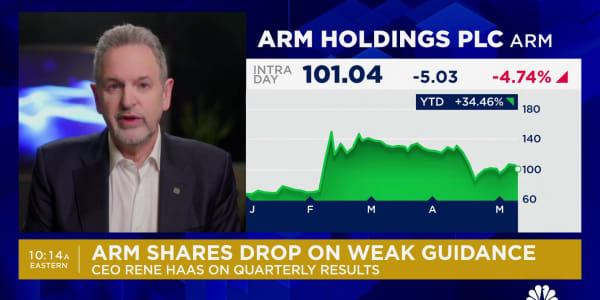Why is it that investors heart J.P. Morgan, and its archrival, Bank of America, can’t seem to catch a break?
Both have more than $1 trillion in deposits and manage enormous and successful consumer and investment banks. B of A, by virtue of its sheer size, touches one out of two U.S. households in some way—and, for better or worse, is viewed as a proxy for the health of the nation’s economy as a result.
But the yawning perception gap between the two banking behemoths was on full display this week, as a volatile market beat down Bank of America shares by more than 11% through Thursday’s close, and J.P. Morgan’s by only 2%. Other major financials – namely Citigroup, Morgan Stanley , and Goldman Sachs, were also off – but none by less than J.P. Morgan or more than B of A.
The difference was particularly pronounced in the wake of public appearances by both companies’ chief executives on Wednesday. During a half-hour late-morning appearance on CNBC, J.P. Morgan honcho Jamie Dimon at one point appeared to rally the S&P 500 with patriotic remarks that “the strength in the system will blow your socks off when it comes out of this malaise we’re in.” Between that morning’s market open and the close on Thursday, Morgan shares rose more than 3%.
By contrast, B of A chief Brian Moynihan’s 90-minute public conference call with investors early that same afternoon failed to inspire his shareholders – who in fact sank his stock nearly 4% over the two-day period.
Blame the CEO factor, for one. The tough-talking Dimon, who helped restore confidence to the markets during the 2008 financial crisis by, among other things purchasing Bear Stearns in its hour of need at the government’s behest, has become the darling of Wall Street, able to challenge Washington and shareholders who rub him the wrong way. Moynihan, a lawyer by background, is newer to the top job, and inherited a slew of legacy problems – not least of which was B of A’s ill-fated purchase of the shady home lender Countrywide Financial in 2008 – that bedevil the company now.
But Dimon also has some attractive numbers to back him up.
Paramount to investors these days is the hit banks may take as a result of soured, risky home loans they packaged into securities and sold off to third parties during the housing boom. Thanks greatly to Countrywide, analysts from FBR and other people who have been briefed on the figures estimate B of A’s past and future mortgage putback costs at about $35 billion. These are costs arising from poorly performing mortgages the bank has to buy back from public and private investors. B of A’s total cost for putbacks is nearly twice the $18 billion figure that FBR and others who have been briefed on the matter would pinpoint for J.P. Morgan.
Then there’s recent performance. B of A’s savings for expected mortgage liabilities swung it to a loss for the second quarter, whereas J.P. Morgan made $5.4 billion. And J.P. Morgan’s tier one common capital ratio is 10%, compared to B of A’s 8%.
_____________________________________________
Questions? Comments? Email us at
Follow NetNet on Twitter @ twitter.com/CNBCnetnet
Facebook us @






